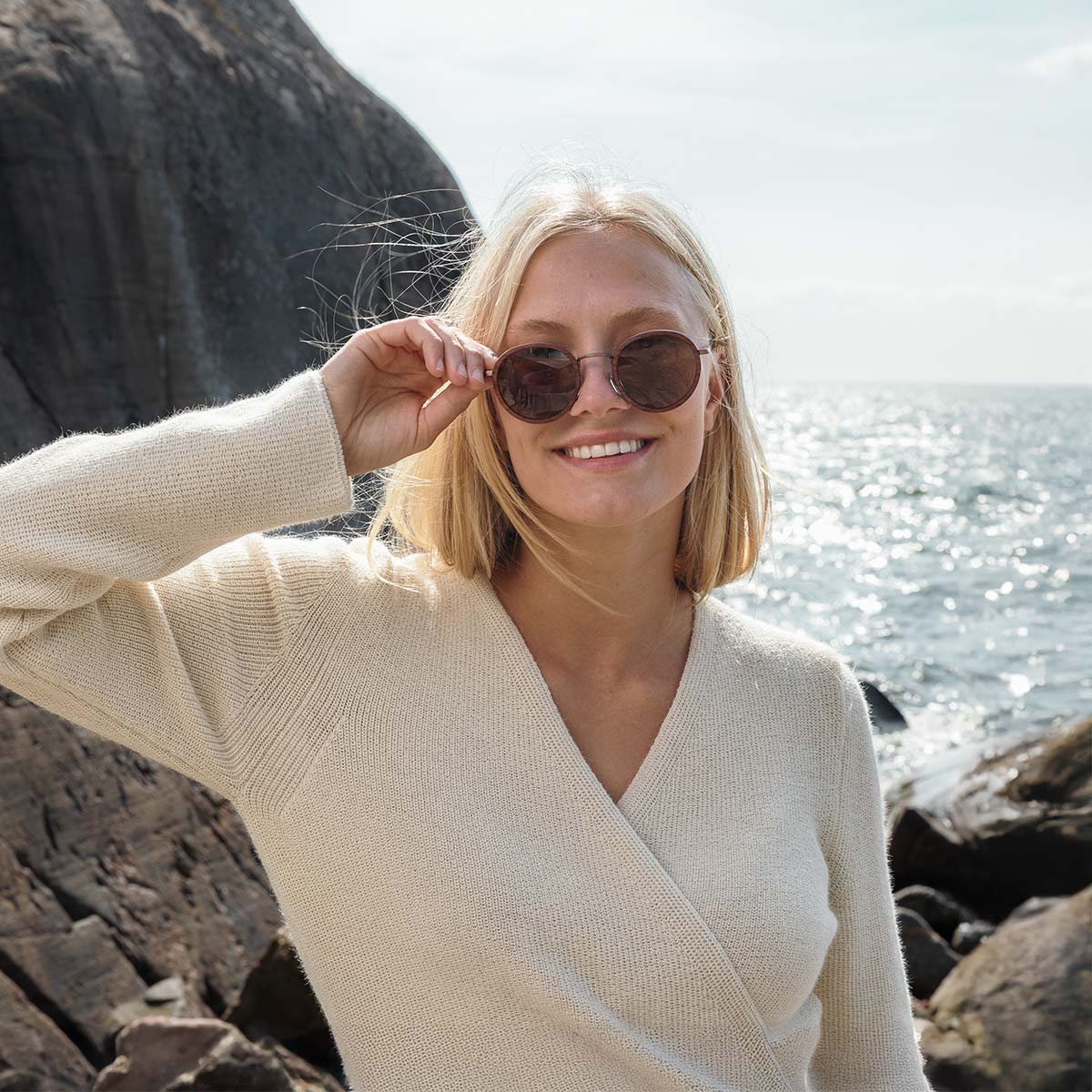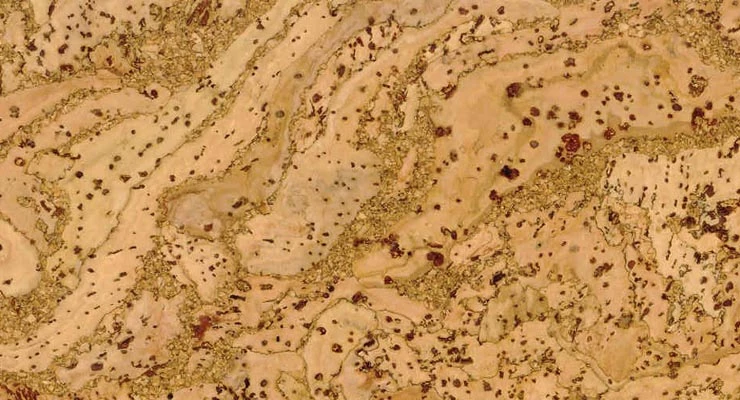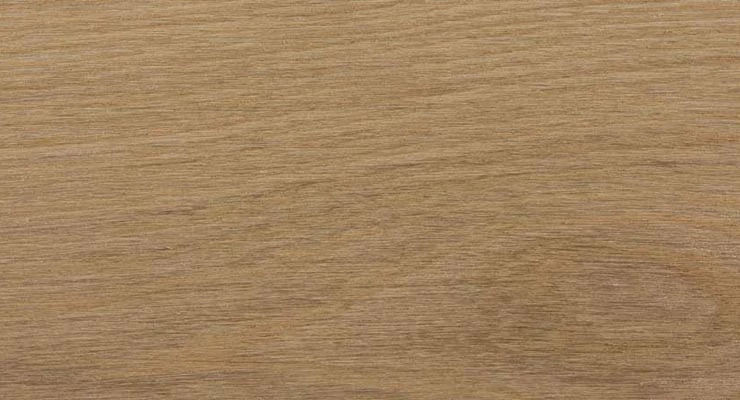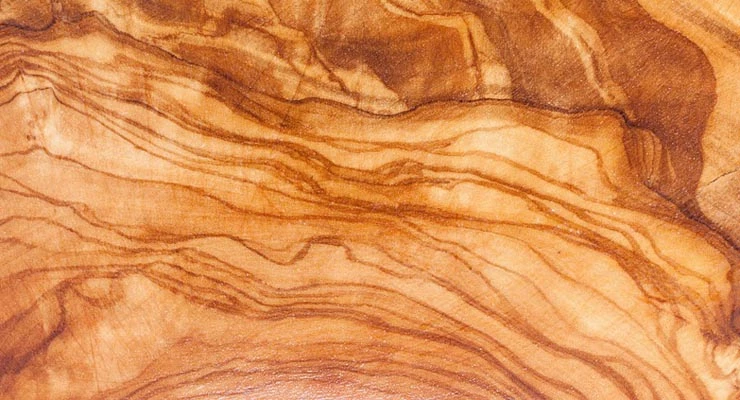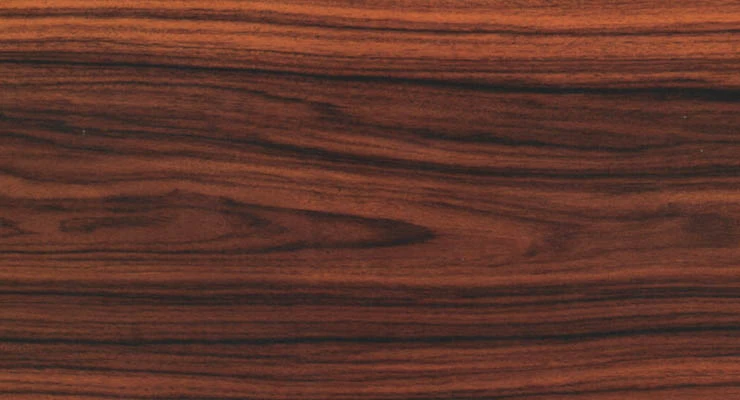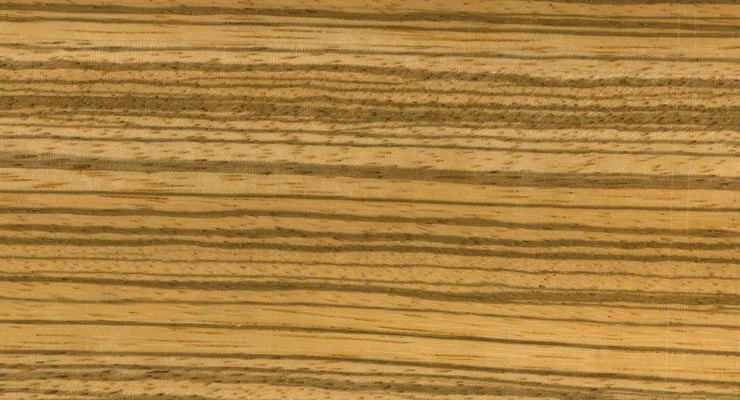It all begins from a forest.
Aarni has strong roots in the Northern nature, in Finland. The wonderful materials of the products grow in the forest: wood and elk leather. In Finland, we have excellent hardwoods like ash, elm and curly birch. And of course ecological and velvety elk leather. We are proud to provide the natural materials the value they deserve.
Wood is best in its natural state, with no dyes. When we want to achieve a darker tone, we also use foreign tree species. All foreign wood that we use is sustainably grown and FSC certified. Finnish wood is dried and sawn in a small village of Fiskari.
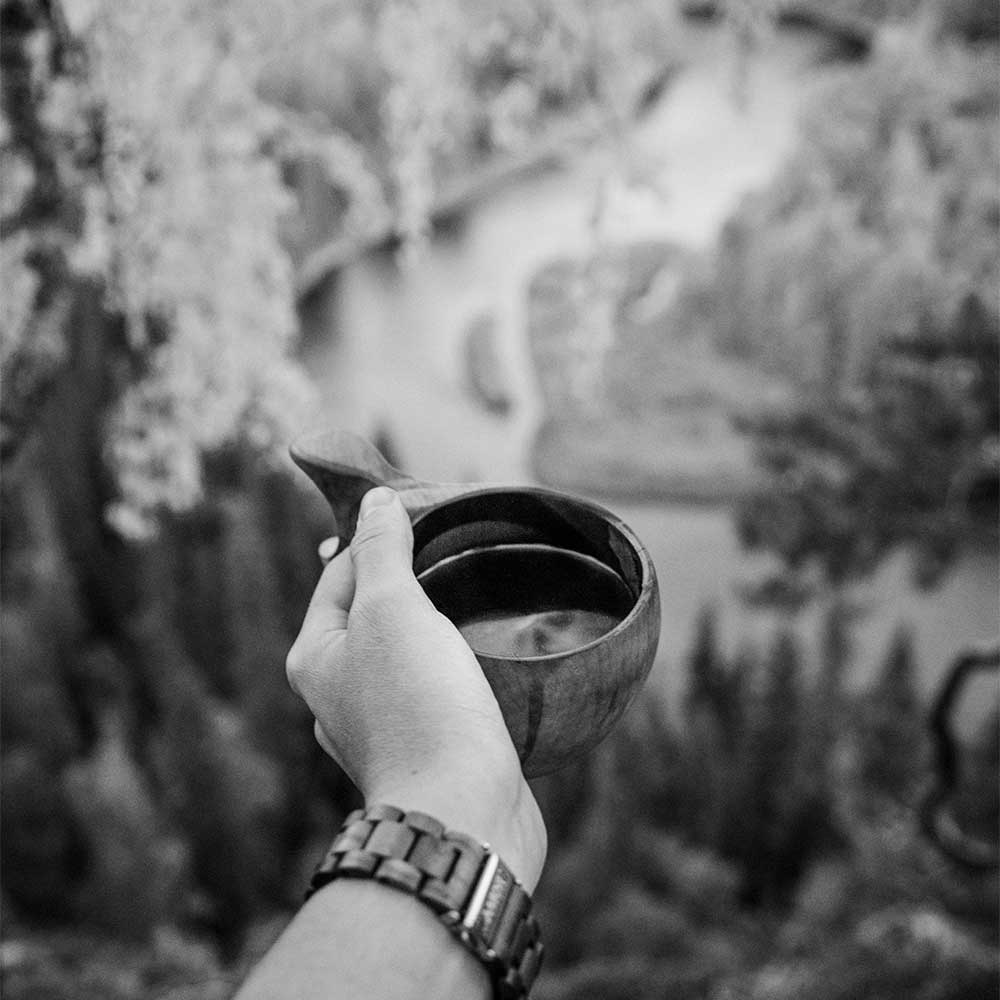
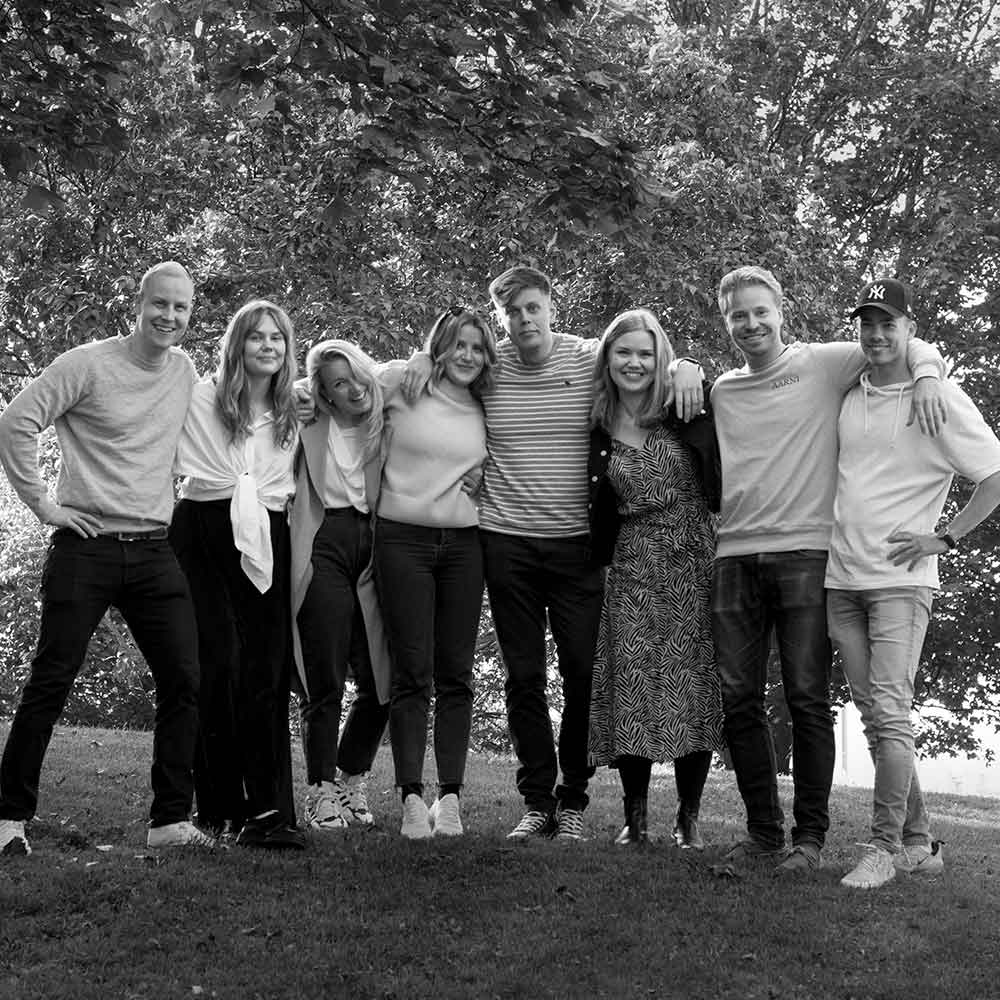
A wild idea that sprouted into Aarni.
It all started with a shared dream of three childhood friends. The wild idea of Aarni has now grown into a team of nine people. We design, test (ruthlessly!) and package every product ourselves. We also take care of product development, customer service and a hundred other smaller and bigger things at our office in Helsinki. The main goal comes down to one thing: to offer unique experience with the product and natural materials.
And then to the production.
Finnish forests offer amazing materials and we want to use them as much as possible in our products. Watch production requires in-depth expertise and such production processes that are few and far between. We have mapped production options widely around the world and one place stood out – Shenzhen, China.
Already for years we have had close cooperation with a family-owned company. This way we ensure premium quality and transparent operation. Honest and sustainable operation is important to us – both in our own activities as well as in the activities of our partners.
Since the beginning, the main pillars of our production have been treating the employees well, a fair salary and appropriate working hours. This way employment relationships are long-lasting and the employees are the best in the business. And this is certainly reflected in the end product. Our production is part of the international BSCI programme, in which the operation is also regularly audited by a third party.
With international production come logistical needs also. However, the amount of material needed is quite small, so the freight volumes stay moderate. We favour energy- and cost-efficient land and maritime routes whenever possible.

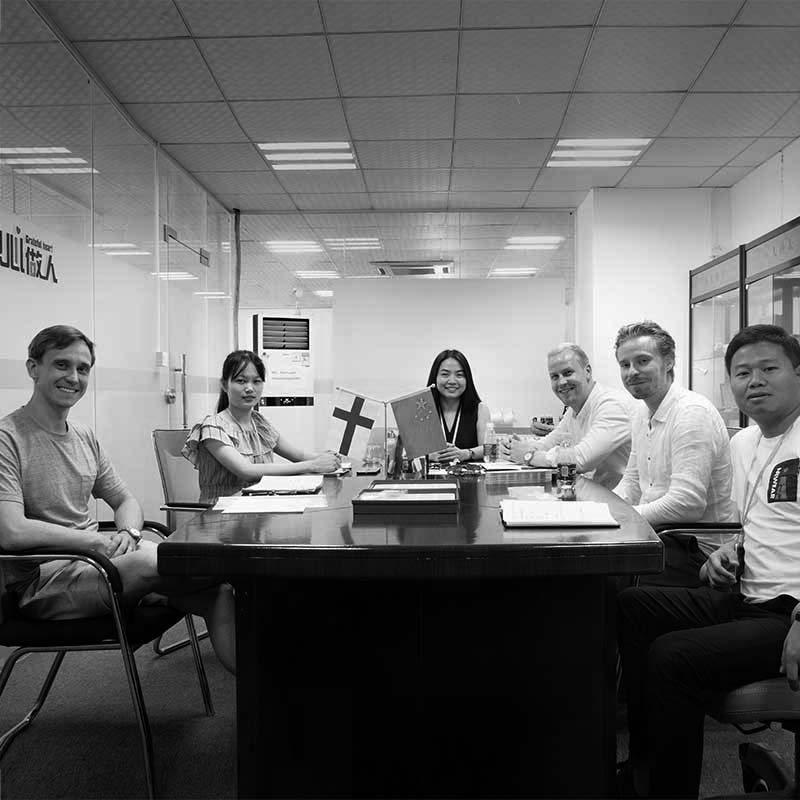
A shared path to success.
One thing has become clear along our journey: A product is never 100% ready. For us, product development is an ongoing process. Close communication with the production creates a basis for continuous development. Communication is not limited to daily messages and calls, but we also frequently visit the site. Of course we have also invited the staff in Shenzhen to visit us in Finland. Last time we got to introduce them to the wonders of sauna and ice swimming in the December sea. Production manager Eric’s (to the right in the picture) face in the +5 Celsius sea water was worth seeing.
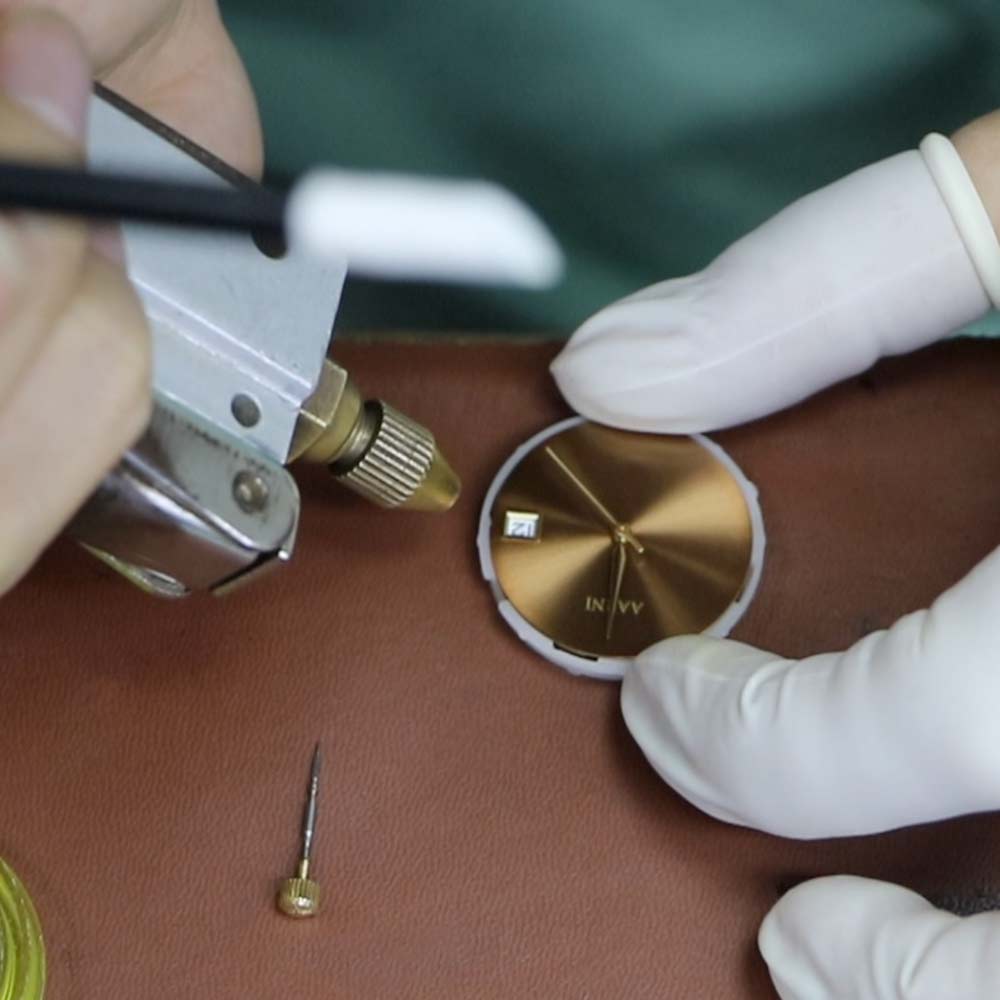
Watch production
It all starts with the design. We aspire to honour Scandinavian clean lines and leave room for natural materials. These principles create a framework for designing the watch.
When the design’s outline and materials are decided, it’s time for the details. What shape should the case be? Which tones should prevail in the watch? Will the case be mainly wood or metal and what should be considered in the mould for the case? These things often take time and we go through the technical structures with the production to make sure that the original ideas are feasible.
The assembly and machining of our watches happens in Shenzhen, China. Shenzhen has earned its place next to Switzerland as the centre of watchmaking. The watch industry is highly developed and even more complex structures and solutions can be executed.
When everything is good on paper, we make a sample model of the watch. From the sample we can see if the proportions are ideal in reality and how the tones go with the wood. This stage can often take a couple rounds to perfect the final details. After this, all is ready for the production of the watches.
A computer controlled CNC machine shapes a wood block into the wooden parts of the watch based on a 3D model. Every wood part is sanded and finished by hand.
The case and other metal parts are made out of 316L stainless steel that is carefully casted in moulds. The coating is made with two layers of ion plating, which makes the coat beautiful and durable.
The movements come as ready components from the Swiss manufacture Ronda and the Japanese manufacturer Miyota. You can read more about the movements we use here.


Sunglass production
The production of the sunglasses takes place in a family-owned factory just off Shanghai. The factory is specialised in using wood as a material for sunglasses. This means innovative and testing-friendly approach in every stage of the production
Our sunglasses are often made out of thin wood veneers. The veneers are cross-laminated to create a firm and durable structure. We recently also brought a whole new innovation to sunglasses and developed a carbon fibre core between the wood veneers. This makes the structure even more firm while keeping the lightness and natural properties of the wood.
We use wood veneers made out of Finnish tree species (curly birch, alder) and more exotic and darker foreign tree species. All foreign wood that we use is FSC certified and sustainably grown.
And of course – brilliant sunglasses would be nothing without brilliant lenses. We use polycarbonate lenses in our sunglasses. These lenses are one of the best in the market when it comes to their optical properties and provide 100% UVA and UVB protection. Polarization is also available in many models.
We are proud to have the opportunity to work closely together with the sunglass production and developed the world’s best wooden sunglasses even further. Our production partner employs around 30 people, most of whom work in product development.
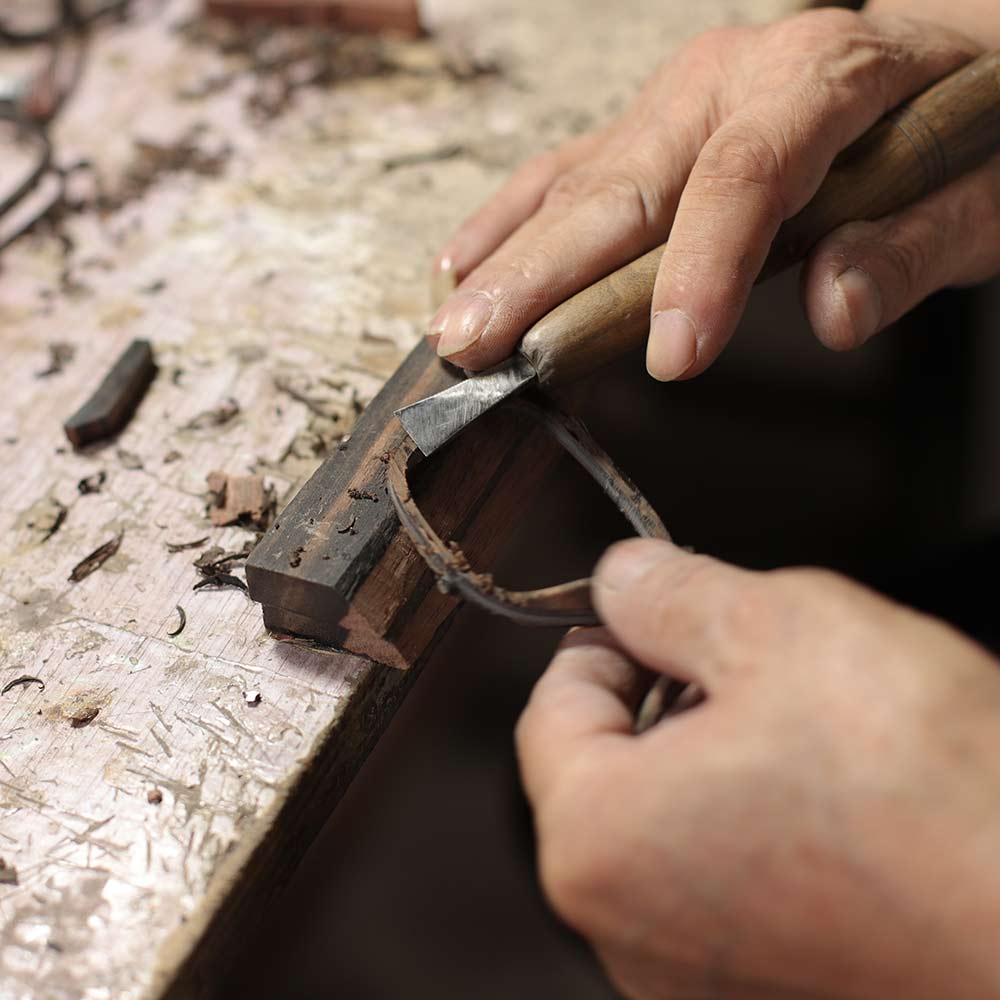

Wallet production
Our wallets are made of beautiful elk leather from northern Finland and natural cork from Portugal. The elk leather is called the softest luxury leather in the world, and rightly so. It’s an extremely pleasant material in use. The elk leather is tanned and dyed in Kokkola.
The production of the wallets takes place in Shenzhen, just like the watches. The thickness of the elk leather also sets requirements for the production process. The leather has to be thinned and the seams need to be carefully structures to keep the size of the wallet compact and to maximize the durability. Our partner has long traditions in producing leather and textile products. Making a high-quality wallet requires manual dexterity.
Elk leather is a by-product of the population control of elks and no elk is shot for leather. Previously the leather has often gone to waste. Therefore, we are proud to be able to utilize this unique elk leather in our products.


